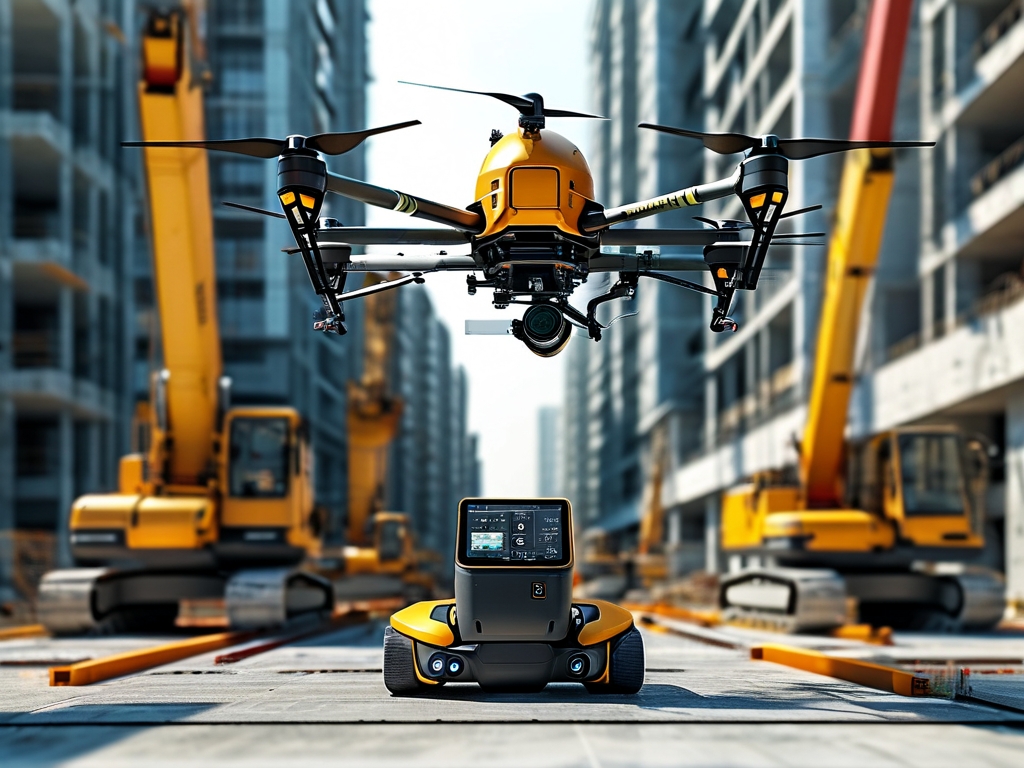Automated construction deployment has revolutionized modern engineering practices, offering precision and efficiency in project execution. This article explores the framework for drafting a professional automated construction deployment plan while providing actionable insights for industry practitioners.

Understanding Automated Construction Deployment
Automated construction deployment integrates robotics, IoT sensors, and software-driven workflows to streamline building processes. Unlike traditional methods, it emphasizes real-time data synchronization and error reduction. For instance, automated systems can adjust material distribution based on structural load calculations, minimizing waste. A well-structured deployment plan must address hardware-software compatibility, safety protocols, and scalability.
Key Components of a Deployment Plan
-
Infrastructure as Code (IaC)
Modern projects leverage IaC tools like Terraform to manage construction resources programmatically. Below is a sample code snippet for configuring crane operations:def configure_crane(params): load_capacity = params['max_load'] * 0.8 # Safety margin crane.set_speed(params['speed_profile']) return f"Crane configured for {load_capacity} tons"This approach ensures repeatability across multiple sites.
-
CI/CD Pipelines for Construction
Continuous integration and deployment (CI/CD) principles apply to modular construction. Teams use platforms like Jenkins to automate quality checks for prefabricated components. For example, a pipeline might validate weld integrity using AI-powered image recognition before assembly. -
Risk Mitigation Strategies
Automated systems require fallback protocols. A deployment plan should include manual override procedures and redundant sensor networks. Case studies show that projects with multi-layered fail-safes reduce downtime by 40% during unexpected events.
Step-by-Step Plan Development
Phase 1: Requirement Analysis
Collaborate with architects and contractors to identify automation goals. Prioritize tasks such as robotic bricklaying or autonomous concrete pouring based on project timelines.
Phase 2: Toolchain Selection
Choose compatible software (e.g., AutoCAD for BIM integration) and hardware (e.g., LiDAR-equipped drones). Ensure APIs support cross-platform data sharing between IoT devices and central servers.
Phase 3: Workflow Design
Map automated processes using UML diagrams. For example:
- Drone survey → 3D modeling → Robotic assembly → Real-time progress tracking
Phase 4: Testing and Validation
Simulate deployment in controlled environments. Use digital twins to predict bottlenecks. Adjust parameters like conveyor belt speeds or robotic arm angles iteratively.
Phase 5: Documentation and Training
Create user manuals with troubleshooting guides. Conduct workshops to familiarize crews with dashboard interfaces and emergency protocols.
Case Study: High-Rise Building Project
A Shanghai-based firm reduced construction time by 30% using automated deployment. Their plan included:
- GPS-guided bulldozers for foundation work
- AI-driven concrete mixers adjusting ratios based on weather data
- Blockchain-based material tracking
Post-implementation audits revealed a 22% cost saving and zero safety incidents attributable to automation errors.
Overcoming Common Challenges
- Data Latency: Edge computing devices process onsite data to avoid cloud dependency.
- Regulatory Compliance: Work with local authorities to certify autonomous machinery.
- Workforce Adaptation: Upskill laborers through VR-based training modules.
Future Trends
Emerging technologies like 5G-enabled exoskeletons and self-healing concrete will further enhance automated deployment. Plans must accommodate modular updates to stay current with tech advancements.
Writing an automated construction deployment plan demands technical expertise and strategic foresight. By combining robust toolchains, iterative testing, and stakeholder collaboration, organizations can achieve seamless transitions from blueprint to reality. As the industry evolves, adaptability remains the cornerstone of successful automation.





